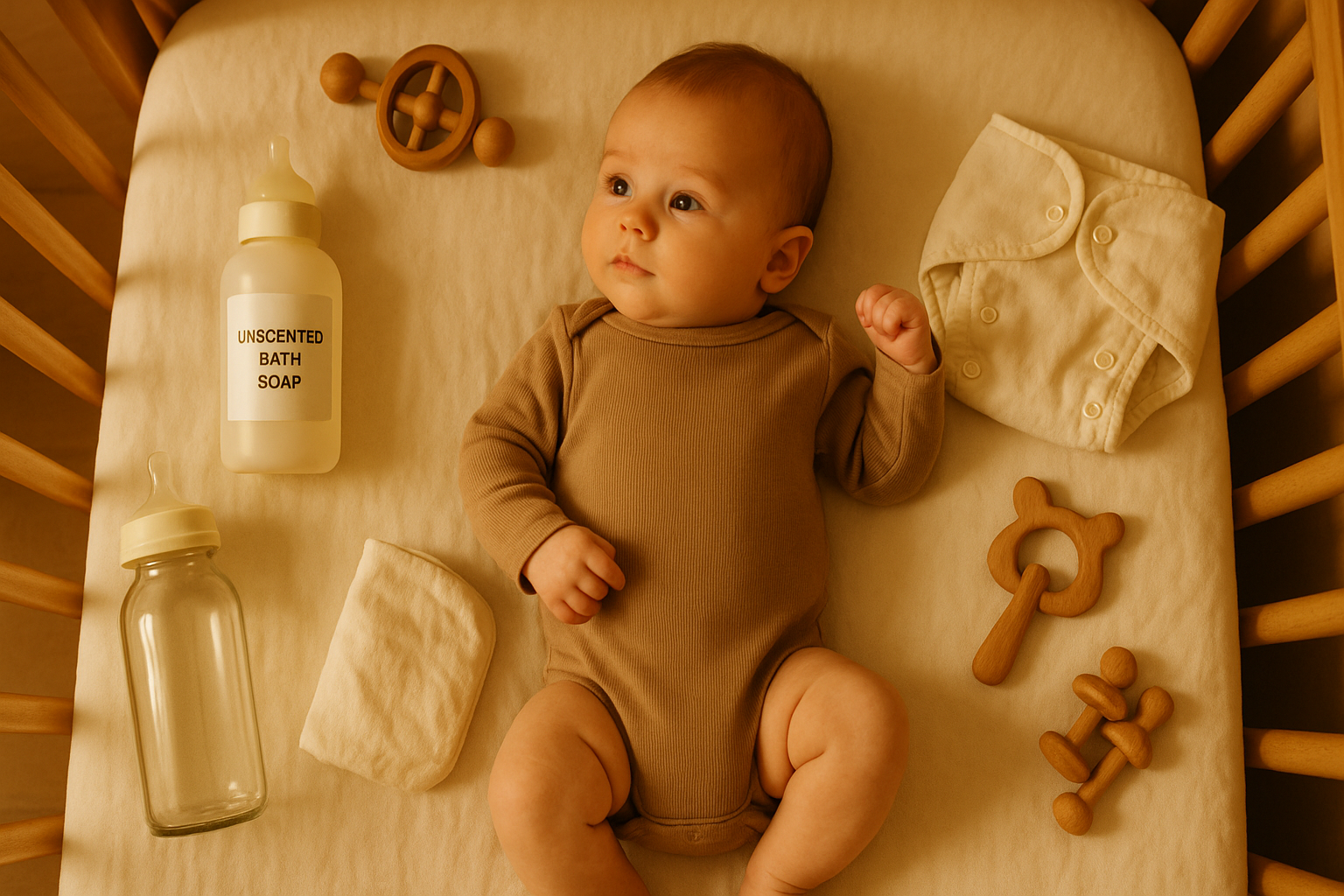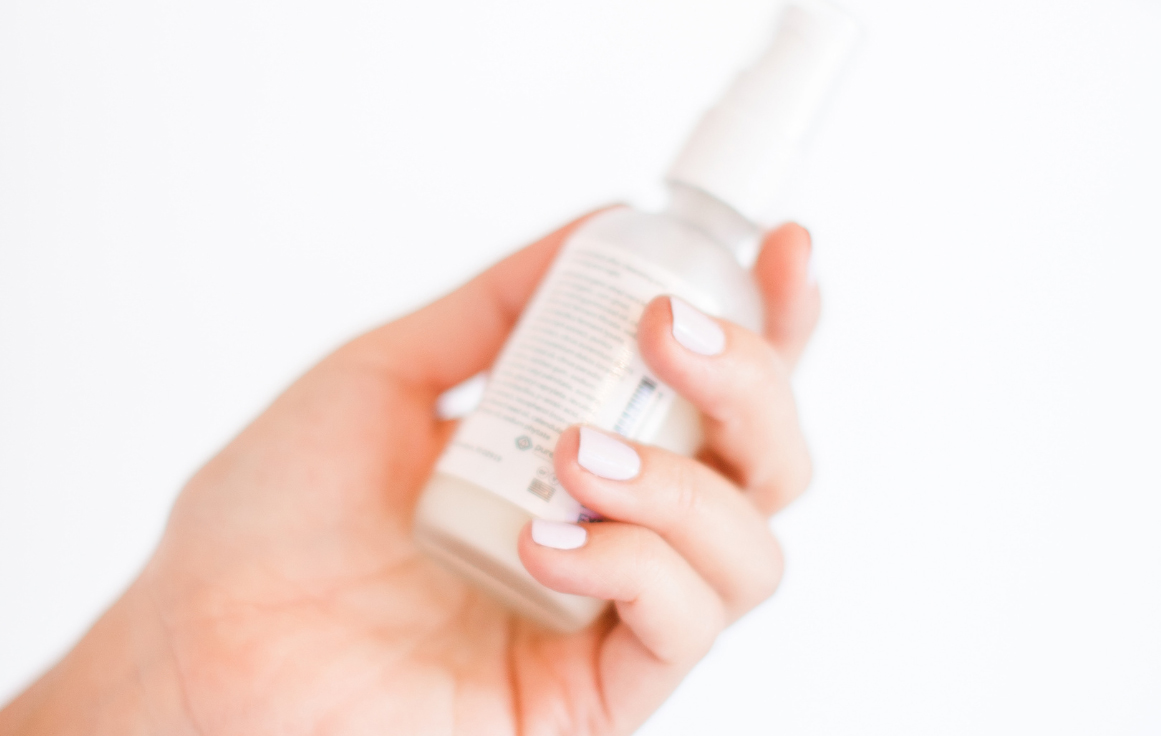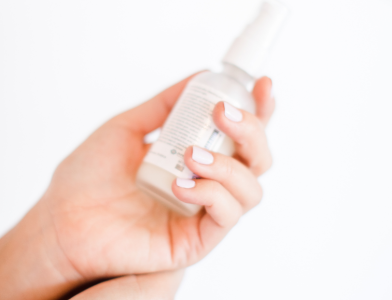Modern parenting means navigating confusing and sometimes misleading labels on baby products. As a toxicologist, I want to empower you with clear, actionable steps to protect your child from hidden toxins in their everyday essentials. Small changes can have profound impacts, especially during the critical early years of development. Here’s what every parent needs to know about safer baby products—and what to avoid.
Understanding Daily Chemical Exposure in Babies
Labels like “gentle” or “safe for babies” often provide a false sense of security. Daily, repeated doses of certain chemicals can accumulate in a developing child’s body, leading to increased risk for hormone disruption, allergies, and long-term health issues. Babies are more sensitive to toxins because of their size, permeable skin, and immature detox systems. From bath time to bedtime, exposure can occur in several ways.
Bath Products: What to Watch For
Many baby bath products contain problematic ingredients, despite gentle branding. Here are the most common red flags:
- Fragrance (especially with phthalates): Often disguised on labels, fragrances can include endocrine disruptors and allergens with risks such as hormone imbalances, allergic reactions, and even increased cancer risk.
- Sodium lauryl sulfate (SLS): This foaming agent can disrupt the skin barrier, making it easier for other chemicals to enter the bloodstream.
- Synthetic preservatives like MCI or sodium benzoate: While they prevent infection, some can act as allergens or hormone disruptors, particularly in babies.
- Microplastics (acrylates): Used for texture, but introduce plastics directly onto sensitive skin.
Instead, seek out fragrance-free products or those with transparent essential oil ingredients, short ingredient lists (ideally 10 or fewer), and plant-based surfactants. Brands like Earth Mama and diluted castile soap are safer alternatives. Daily bathing is not needed—less frequent baths lower exposure and support healthy skin.
Feeding Products: Hidden Hormone Disruptors
Feeding equipment is a source of ongoing exposure to xenoestrogens like BPA, BPS, and BPF, which disrupt hormones essential for your child’s growth and development. Plastics, including bioplastics, can leach chemicals, especially when heated or scratched. Microplastics and heavy metals are also prevalent in food packaging and some baby foods.
- Choose glass or stainless steel bottles, storage containers, and utensils for feeding.
- Use organic baby foods with published third-party heavy metal testing.
- Avoid heating any food or drink in plastic or silicone containers.
- Repurpose glass jars and make simple homemade purees as budget-friendly alternatives.
Remember, gradual swaps make a difference over time.
Sleep and Clothing: Overnight Exposure Adds Up
Sleepwear, bedding, and mattresses are often sources of flame retardants, phthalates, and synthetic materials that emit or shed chemicals during sleep. Babies spend up to 12 hours touching these products daily.
- Look for organic cotton or untreated natural fiber pajamas and bedding.
- Seek mattresses free of petroleum-based foam and labeled as free from flame retardants.
- Choose products with certifications such as GOTS or OEKO-TEX to ensure transparency and reduced chemical risk.
Hand-me-downs or secondhand organic textiles are practical alternatives—just wash before use.
Diaper and Hygiene Products: Choosing Wisely
Disposable diapers and wipes can contain up to 90% plastic, fragrance, phthalates, and undisclosed materials. Prolonged contact in sensitive areas leads to repeated exposure. Terms like “eco-friendly” or “hypoallergenic” are often unregulated and misleading.
- Pursue full ingredient transparency from diaper and hygiene brands.
- Prefer organic cotton top sheets and third-party tested products for volatile organic compounds (VOCs), phthalates, and heavy metals.
- Try part-time cloth diapering or elimination communication methods to reduce cumulative chemical exposure and waste.
- Use water and a clean cloth for cleaning instead of wipes when possible.
Start with safer swaps for products used most often and in areas where skin is most sensitive.
Your Practical Low-Tox Checklist
Protecting your family does not require perfection or panic. Use this stepwise approach:
- Pick products with simple, transparent ingredient lists
- Seek third-party certifications where possible
- Avoid fragrances unless essential oils are clearly identified
- Say no to PEGs, phthalates, parabens, bisphenols, acrylates, formaldehyde releasers, and flame retardants
- Prioritize items that contact the mouth and the diaper area
- Replace gradually—focus on one product swap at a time
The most crucial window is from birth to three years of age, when baby’s growth and development are most sensitive to toxins. Every positive change, no matter how small, contributes to a healthier future for your child and generations to come.
Dr. Yvonne Approved Kid’s Products
Links provided on this page are affiliate links, which means if you click on it and make a purchase I may earn commission. The commission comes at no cost to you and allows me to continue my research. Note- I only recommend products that I personally use and/or trust. I will always disclose whether a link is an affiliate link, and never recommend products solely for the purpose of commission.
Final Thoughts: Empowerment Over Overwhelm
It’s common to feel overwhelmed by this information. Remember, awareness is the first step to taking proactive action. You do not need to overhaul everything at once. Begin with one product and plan out your swaps as you go. Your efforts truly make a difference.
For additional support, explore brands that disclose their full ingredients, utilize trusted certifications, and put your family’s well-being first. You are shaping your child’s health, one choice at a time.
References
- Uber M, Morgan MAP, Schneider MC, Gomes IRR, Imoto RR, Carvalho VO, Abagge KT. Frequency of perfume in 398 children’s cosmetics. J Pediatr (Rio J). 2024 May-Jun;100(3):263-266. doi: 10.1016/j.jped.2023.11.002. Epub 2023 Nov 24. PMID: 38012955; PMCID: PMC11065650.
- Braun JM, Sathyanarayana S, Hauser R. Phthalate exposure and children’s health. Curr Opin Pediatr. 2013 Apr;25(2):247-54. doi: 10.1097/MOP.0b013e32835e1eb6. PMID: 23429708; PMCID: PMC3747651.
- di Nardo A, Sugino K, Wertz P, Ademola J, Maibach HI. Sodium lauryl sulfate (SLS) induced irritant contact dermatitis: a correlation study between ceramides and in vivo parameters of irritation. Contact Dermatitis. 1996 Aug;35(2):86-91. doi: 10.1111/j.1600-0536.1996.tb02296.x. PMID: 8917825.
- Scherrer MA, Rocha VB. Increasing trend of sensitization to Methylchloroisothiazolinone/methylisothiazolinone (MCI/MI). An Bras Dermatol. 2014 May-Jun;89(3):527-8. doi: 10.1590/abd1806-4841.20142852. PMID: 24937839; PMCID: PMC4056723.
- Scherrer MA, Rocha VB. Increasing trend of sensitization to Methylchloroisothiazolinone/methylisothiazolinone (MCI/MI). An Bras Dermatol. 2014 May-Jun;89(3):527-8. doi: 10.1590/abd1806-4841.20142852. PMID: 24937839; PMCID: PMC4056723.
- Rochester JR, Bolden AL. Bisphenol S and F: A Systematic Review and Comparison of the Hormonal Activity of Bisphenol A Substitutes. Environ Health Perspect. 2015 Jul;123(7):643-50. doi: 10.1289/ehp.1408989. Epub 2015 Mar 16. PMID: 25775505; PMCID: PMC4492270.
- Jeon GW. Bisphenol A leaching from polycarbonate baby bottles into baby food causes potential health issues. Clin Exp Pediatr. 2022 Sep;65(9):450-452. doi: 10.3345/cep.2022.00661. Epub 2022 Jul 25. PMID: 35879867; PMCID: PMC9441614.
- Blum A, Gold MD, Ames BN, Jones FR, Hett EA, Dougherty RC, Horning EC, Dzidic I, Carroll DI, Stillwell RN, Thenot JP. Children absorb tris-BP flame retardant from sleepwear: urine contains the mutagenic metabolite, 2,3-dibromopropanol. Science. 1978 Sep 15;201(4360):1020-3. doi: 10.1126/science.684422. PMID: 684422.
- Vaezafshar S, Wolk S, Simpson K, Akhbarizadeh R, Blum A, Jantunen LM, Diamond ML. Are Sleeping Children Exposed to Plasticizers, Flame Retardants, and UV-Filters from Their Mattresses? Environ Sci Technol. 2025 Apr 29;59(16):7909-7918. doi: 10.1021/acs.est.5c03560. Epub 2025 Apr 14. PMID: 40229933; PMCID: PMC12044681.



